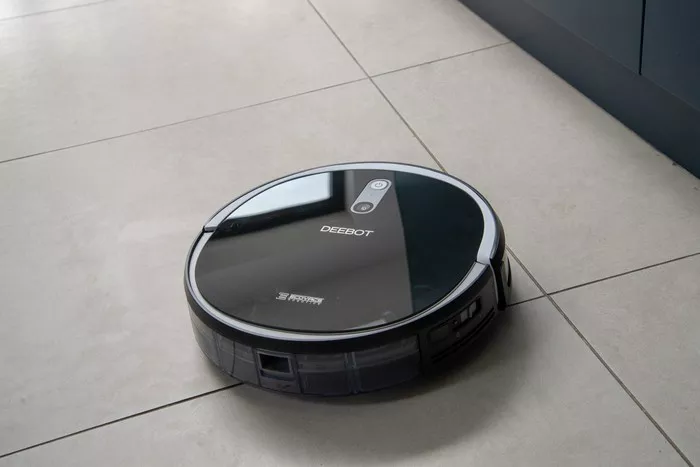Keeping floors clean is a universal challenge in households and commercial spaces alike. Whether it’s dust, crumbs, or pet hair, maintaining cleanliness is essential for a healthy and inviting environment. Among the arsenal of cleaning tools, sweepers and vacuums stand out as popular choices for tackling floor messes efficiently. In this article, we’ll delve into the world of sweepers and vacuums, exploring their differences, advantages, and ideal use cases to help you make an informed decision for your cleaning needs.
Define Sweeper
A sweeper is a manual or electric cleaning tool designed to gather debris from floors through a sweeping action. Manual sweepers typically feature rotating brushes powered by the user’s movement, while electric sweepers utilize motors to drive the brush mechanism. Manual sweepers are often lightweight and require no electricity, making them suitable for quick touch-ups and small spaces. On the other hand, electric sweepers offer enhanced cleaning power and efficiency, making them ideal for larger areas and more substantial messes.
Define Vacuum
A vacuum is a cleaning device that uses suction to lift dirt, dust, and debris from floors and surfaces. It operates on the principle of creating a partial vacuum to draw in air along with the unwanted particles, which are then collected in a dustbin or bag. Vacuums come in various types, including corded models that require an electrical outlet, cordless models powered by rechargeable batteries, and those equipped with specialized attachments for versatile cleaning tasks. They excel on a wide range of surfaces, from carpets and rugs to hardwood floors and tiles, making them indispensable tools for comprehensive floor maintenance.
Comparison of Sweepers and Vacuums
When comparing sweepers and vacuums, several factors come into play, influencing their effectiveness and suitability for different cleaning tasks.
1. Method of Cleaning: Sweepers rely on rotating brushes to sweep debris into a dustbin or collection tray, whereas vacuums use suction to lift dirt and debris into a containment system. While sweepers are proficient at gathering larger particles like crumbs and pet hair, vacuums excel at removing finer dust and allergens embedded in carpets and upholstery.
2. Power Source and Ease of Use: Sweepers, particularly manual ones, operate without electricity, making them portable and convenient for quick cleanups without the need for power outlets or batteries. Electric sweepers offer added cleaning power but may require recharging or access to electricity. Vacuums, whether corded or cordless, provide consistent suction power but may be heavier and require more effort to maneuver, especially in tight spaces.
3. Noise Level and Efficiency: Sweepers typically produce minimal noise compared to vacuums, making them suitable for use during quiet hours or in noise-sensitive environments. However, the effectiveness of sweepers may vary depending on the surface texture and type of debris being cleaned. Vacuums, while louder, offer superior suction power and efficiency, particularly on carpets and rugs where deep cleaning is necessary.
Pros and Cons
Advantages of Using a Sweeper:
1. Portability and ease of use for quick cleanups.
2. No reliance on electricity, making them suitable for outdoor use or areas without power outlets.
3. Minimal noise output, ideal for noise-sensitive environments.
4. Affordable and low maintenance compared to electric vacuums.
Benefits of Choosing a Vacuum:
1. Powerful suction capability for thorough cleaning of carpets, rugs, and upholstery.
2. Versatility with various attachments for cleaning different surfaces and hard-to-reach areas.
3. Effective removal of dust, allergens, and pet dander for improved indoor air quality.
4. Cordless models offer freedom of movement without the constraints of power cords.
Drawbacks:
1. Limited effectiveness on certain surfaces and types of debris.
2. Manual sweepers may require more physical effort, especially for large areas.
3. Electric sweepers may need recharging or access to power outlets.
4. Vacuums can be bulky and may struggle with tight spaces or stairs.
Conclusion
In conclusion, both sweepers and vacuums offer distinct advantages and are valuable tools for maintaining clean floors and surfaces. When choosing between the two, consider your specific cleaning needs, including the size of the area, types of surfaces, and frequency of use. For quick touch-ups and smaller spaces, a sweeper may be sufficient, offering portability and minimal noise. However, for thorough cleaning and removal of embedded dirt and allergens, a vacuum provides superior suction power and versatility. Ultimately, a combination of both tools may be the most effective approach for achieving a clean and healthy living space. So, whether you opt for a sweeper, a vacuum, or both, prioritize cleanliness and enjoy the benefits of a pristine environment.

